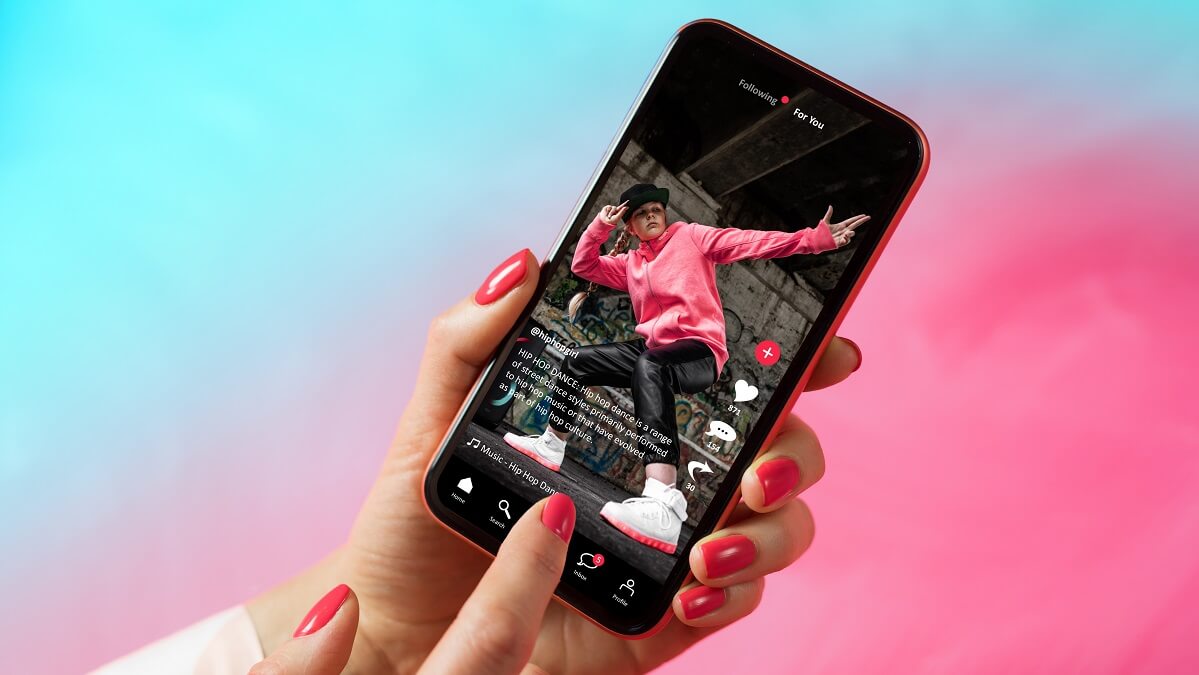Being an emergency teacher has its challenges and rewards, and sometimes it presents you unexpectedly with big philosophical issues to ponder.
The other day at school, as a lesson with a boisterous and at times fractious grade five group was finishing, I attempted to copy a dance the little ones were performing. Three girls had learnt the dance from watching a Tik Tok video. I threw myself in with gusto, tapping my feet, jumping up and down and generally making a fool of myself. I figure it’s a good way to bond with the students and a bit of nonsense goes a long way to help the overall relationship with the class.
They were very patient with me and then showed me variations of the dance on assorted Tik-Tok videos. So, where is this leading, you ask?
The following day as I was minding my 10-year-old granddaughter, she performed the exact same dance and I confidently joined in – to her great astonishment. How in all the world did her grandmother know how to do this, was the expression on her face.
Read: What’s wrong with paying for good sex?
The astonishment for me is the power of social media to spread something like a dance across the suburbs – and no doubt nation – with such ease and speed so it becomes flavour of the month/day instantly. My school and my granddaughter’s house are many kilometres apart and demographically worlds apart, yet here is the same material being disseminated, watched, absorbed and copied instantly.
The term gone viral comes to mind, an apt metaphor for the spread of an innocent craze, but perhaps more suited to the spread of the disease of misinformation.
Of course, this dance is an innocent pastime but the more suspicious side of my nature is concerned about the power we now allow modern media to have over our lives.
Read: Trigger that turned me into a grumpy older person
The past 10 or so years have seen an explosion in the use of Facebook, Twitter and Instagram, companies that we have allowed to infiltrate our lives and to dictate in many ways our preferences, our entertainment and news feeds. We have posted our photos, photoshopped our bodies and competed with each other for attention, for ‘likes’, the addictive dopamine effects of instant gratification.
These social media sites have allowed our prejudices to be voiced, enlarged and given an audience of millions – unprecedented in the history of mankind. Once upon a time, the madman in the village square had only a few people to interact with, perhaps influence or be ridiculed. Sadly, not now.
Many have taken their ideas to extremes as some fall down the Alice in Wonderland rabbit holes of conspiracy theories and extreme hate sites. Our cognitive biases have led us to absorb fake news and indulge in lazy thinking, the process that amplifies misinformation and lies. The artificial intelligence algorithms behind these sites, promote the mechanism for virality and help to spread fake news.
Read: I feel sorry for King Charles
Where is the responsibility of these media companies to monitor their sites and ensure quality? Some attempt to self-censor but their business model is based on greed and profit not altruistic concerns for the next generation. Twitter, once famed for removing Donald Trump from its platform, has reneged on that deal and no doubt any amount of possible hate speech will erupt in coming months.
Will my grandchildren have the emotional and intellectual maturity to know when they are being manipulated and lied to? Will they know when the version of truth they are presented is biased, censored or just plain wrong? This is my worry for them and the future they will inherit.
Are you an avid participant on social media platforms? Are you wary of fake news? Would you recognise fake news? Why not share your thoughts in the comments section below?

